
冬にSUPパドリングを楽しむ方法
スタンドアップパドルボード(SUP)は、泳がなくても冬の水辺を楽しく探索できるアクティビティです。サーフィンは、ボードの上に立ち、カヌーのようなパドルを使って水上を進むアクティビティから派生したものです。
冬のSUPは、スタンドアップパドルボード(SUP)のファン向けです。外が冷え込む寒い時期にSUPボードで漕ぐ人はほとんどいません。しかし、水が凍っていない限り、気軽に水に入ることができます。 冬のウォータースポーツは、他の楽しいアクティビティを取り入れて進化してきました。このガイドでは、 冬にSUPパドリングを楽しむ方法 パドルボード体験を最大限に活用するのに役立ちます。
冬にSUPパドリングを楽しむためのヒント
スタンドアップパドリングは実は一年中楽しめるスポーツです。水が凍っていない限り、ボードの上でバランスを取ることができます。しかし、多くのパドラーは冬場は水上に出かけるのを避けます。外はかなり寒くなるので、風邪をひきたくないからです。しかし、冬場のスタンドアップパドリングにはいくつかの利点があります。例えば、冬は夏よりも水が穏やかなので、初心者に最適です。 冬にSUPを楽しむには? 次のようなヒントを用意しました:
リードを使う
水上スポーツに参加する際は、安全が最優先です。常にリードをつけておいた方が良いでしょう。 ウォシーサップ パドルボードに乗る際は、ボードを必ず持っていてください。疲労したり、紛失したり、あるいは陸から遠く離れてしまったりした場合、ボードは命綱となります。
パドラーによって、リーシュのタイプ(ストレートかコイル状か)や取り付け位置(足首かふくらはぎ)の好みは異なります。どんなタイプのリーシュを選ぶにしても、どこに取り付けるにしても、ボードリーシュは丈夫でありながら簡単に外せるものを選ぶことが重要です。パドルリーシュがあれば、紛失するたびに泳ぐ必要がなくなります。

波と強風に注意してください。
アクティビティを行う前に、海の状態を把握し、ボードをコントロールできることを確認する必要があります。パドルボードエリアでは、中程度の強風に見舞われることも珍しくありません。強風は大きな波を発生させ、私たちを転落させたり、岩場に引きずり込んだりする可能性があります。パドルサーフボードはサーフボードよりも大きく、強い波の中ではボードのバランスを保つには熟練した技術が必要です。
SUPライダーの体は帆のような役割を果たすため、強い風が吹くと、ライダーとボードはあらゆる方向に飛ばされてしまいます。特に初心者にとっては、パドリングや推進力を得るのが非常に難しくなります。
パドルボードを楽しむコツの一つは、風の状態を観察することです。これはおそらく最も重要なことです。出発前に天候と水の状態を把握しておきましょう。波や強風が、基本の練習や習得を妨げないようにしましょう。
厳しい季節に備えて正しいパドリングテクニックを学ぶ
パドルボーダーはパドルの位置を直す必要があることがよくありますが、これは最もよくあるミスの一つです。初心者でスタンドアップパドルボードのトレーニングを受けていないと、ついついパドルのブレードの曲がった部分を自分に向けてしまうことがあります。
手の位置も正しく保ちましょう。パドルのどこに手を置くべきかは、以下の手順で確認できます。
- パドルのブレード側ではない方を掴み、まっすぐに立ちます。
- 両手をパドルに置き、シャフトを頭の上に置きます。
- グリップを握るときは、腕がシャフトに対して 90 度になっていることを確認してください。
- もう一方の手(グリップを持っていない方)がシャフトに沿って完璧な 90 度の角度を形成することを確認します。
冬にパドルボードを練習する前に十分にウォームアップしましょう
冬に気温が下がると、体はそれを体感温度だけでなく、物理的にも感じ取ります。これを避けるには、体を温める必要があります。 パドルボードを練習する前に、しっかりと体を温めましょう。冬場は完全に体を温めるのに時間がかかるので、ボード上での運動に備えて筋肉、腱、関節を準備することを重視する必要があります。

パドルボードをする場所やルートを慎重に選びましょう。
冬には、SUP セッションの場所を選択する際に特別な注意を払い、危険な状況や予期しない困難を回避する必要があります。
地図上でルートをしっかり計画し、入口と出口を明確にし、移動距離と所要時間を確認して、無理をしないようにしましょう。遅い時間になると、遠足の一部は夜間に、気温がさらに下がる時間帯に行わなければなりません。また、河口や湾内で漕ぐ場合は、潮の流れに注意する必要があります。緊急時に脱出可能な地点を計画しておくと便利です。
新しいスポットでサーフィンをする場合は、フォーラムで情報を探すか、その場所の特徴に詳しい地元のライダーに尋ねてみましょう。また、夏にサーフィンをした場所でも、冬になると潮流が強くなり波も大きくなるなど、コンディションが変化する可能性があることを覚えておきましょう。
自分が扱える波だけに乗る
ボディボード、サーフィン、セーリング、スタンドアップパドルボードでは、難しい波に遭遇することがよくあります。始めたばかりの頃は大きな波は避けましょう。大きな波は後回しにしましょう。まずは、経験を積み水の流れを理解するまで、小さくて滑らかな波から始めましょう。
このガイドを使用すると、パドリング スキルを向上させ、冬でも安全かつ効果的に水上での時間を楽しめます。
まっすぐ立つ
最初はまっすぐ前を見るのが難しいかもしれません。下を見る方が自然だからです。パドルボードに乗る際は、できるだけ安定させるために、まっすぐ立つことが重要です。足元を見ていると、当然ながら下を向いていることになります。
ボードに乗るだけでも大変なのに、そこに留まるのはさらに大変です。バランスを崩さないように下を見ないようにしましょう。安定性が損なわれる可能性があります。
背中はまっすぐに保ち、足を軽く曲げ、肩を後ろに引いて、体重を主に足の指の付け根にかけてください。

SUP レベルを向上させるための特別なエクササイズ。
冬は一般的に、好きなスポーツの練習量が減り、体力も落ちます。日照時間が短く、天候が悪く、気温も低いため、漕ぐ日数は減り、漕いだとしても水上で過ごす時間は短くなります。
冬のSUPを楽しみ、怪我を避けるためには、ジムに通うなど、別の種類の身体トレーニングを行う必要があります。理想的には、SUPのレベルを向上させるための特定のエクササイズに挑戦するべきです。.
ボトムライン
自然の中でスポーツをすることは、人生で最高の喜びの一つです。そして、それが旅ならなおさらです。SUPが私たちに与えてくれるものは、間違いなく他のスポーツでは得られないものです。ボードに乗っているときに得られる安らぎは、比類のないものです。限界を超えて、発見してください。 愛とライフスタイルを楽しむ!
最近の記事

冬季におけるインフレータブルパドルボードの保管と使用に関するヒント
冬場のインフレータブル・スタンドアップ・パドルボード(SUP)の使い方とメンテナンスについてご紹介します。装備の点検、適切な服装、適切な安全装備の選び方、パドリングのテクニックなど、様々なポイントを解説します。適切な準備と事前の調査で、この冬、忘れられないウォーターアドベンチャーの思い出を作りましょう!
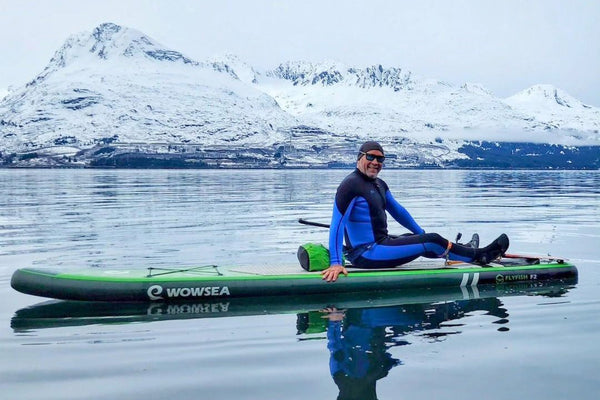
寒い天候、温かい心:インフレータブルパドルボードの冬のワンダーランド
安全を重視しながらインフレータブルボードで氷のように冷たい水面を進むことで、高い体力と爽快な気分を保ちながら、冬の水路の深い静寂と荒涼とした美しさを発見することができます。
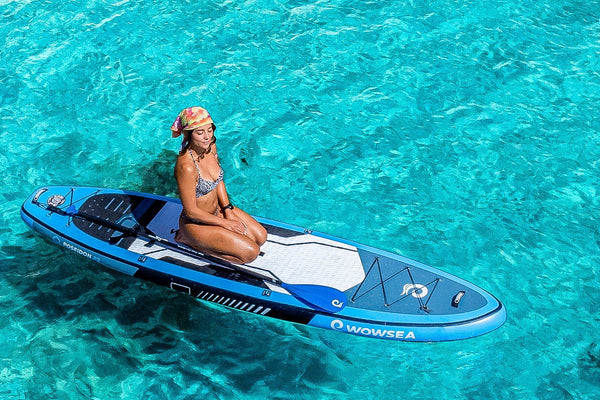
SUPボードのルーティンに瞑想を取り入れる方法
SUP ボードは単なるレクリエーション活動ではなく、水が瞑想のキャンバスとなり、ストロークのたびにマインドフルな生活の傑作を描くような総合的な旅です。
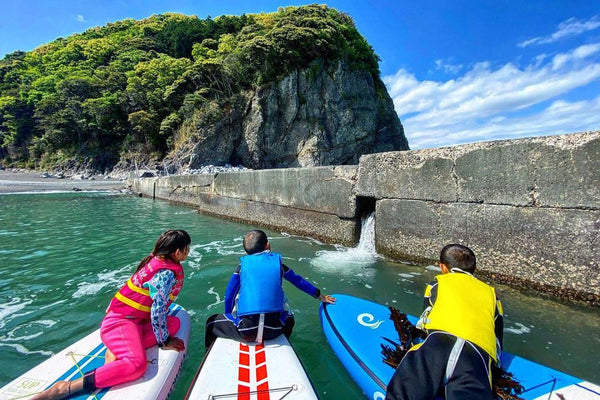
家族で楽しむスタンドアップパドルボードアドベンチャーの総合ガイド
完璧なボードとアクセサリーの選択、課題の克服、若いパドラーへの自信の育成から、写真撮影による思い出の記録、家族向けのパドルボードの目的地の探索まで、WOWSEA SUP 体験は、絆を深め、学び、大切な思い出を作る機会が豊富にあります。
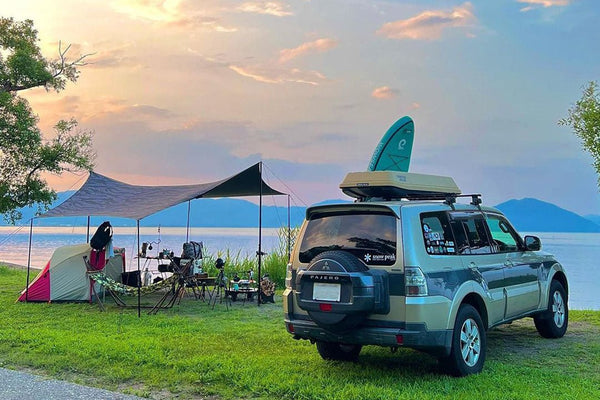
一泊以上のSUP旅行とキャンプの楽しみ方(2)
パドルボード旅行とキャンプの完全ガイド:ギアを詰めてキャンプを設営し、水上で一生の思い出を作る準備をしましょう ウォシーサップ ボード。
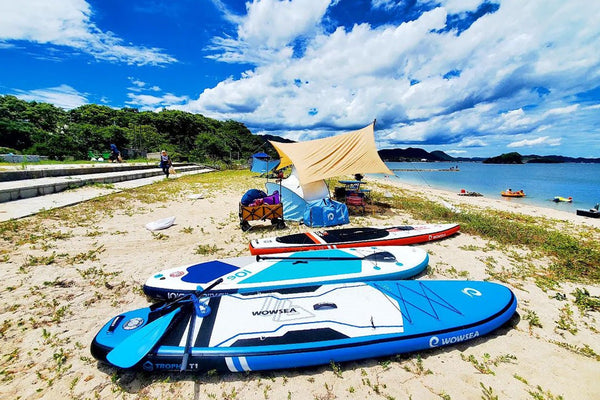
一泊以上のSUP旅行とキャンプの楽しみ方(1)
SUPボードを使った数日間の旅行やキャンプの魅力は、人里離れた未開の地を自由に探検できることにあります。孤独、静寂、そして自然との親密な繋がりを求める冒険家にとって、これは無限の可能性の世界を切り開きます。
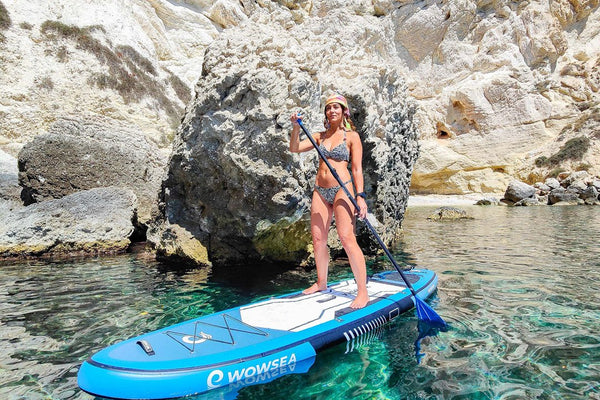
WOWSEAインフレータブルパドルボードで自然の美しさを探索:観光客向けガイド
WOWSEA インフレータブル パドル ボードを使用すると、観光客は忘れられない冒険に乗り出し、まったく新しい方法で自然の美しさを体験できます。
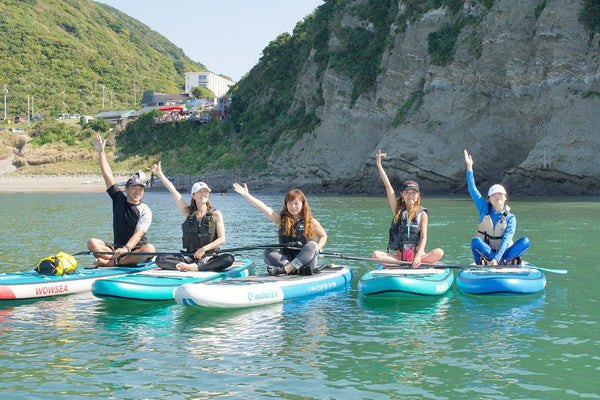
グループでパドルボードを楽しむ方法 - ゲームとアクティビティ
グループでパドルボードを楽しむゲームやアクティビティは、仲間との絆を深め、楽しみながら、水上での時間を最大限に満喫する素晴らしい方法です。友好的な競争、チームワーク、そして探索の機会を提供し、パドルボードアドベンチャーの体験全体をより豊かにしてくれます。

シェアする